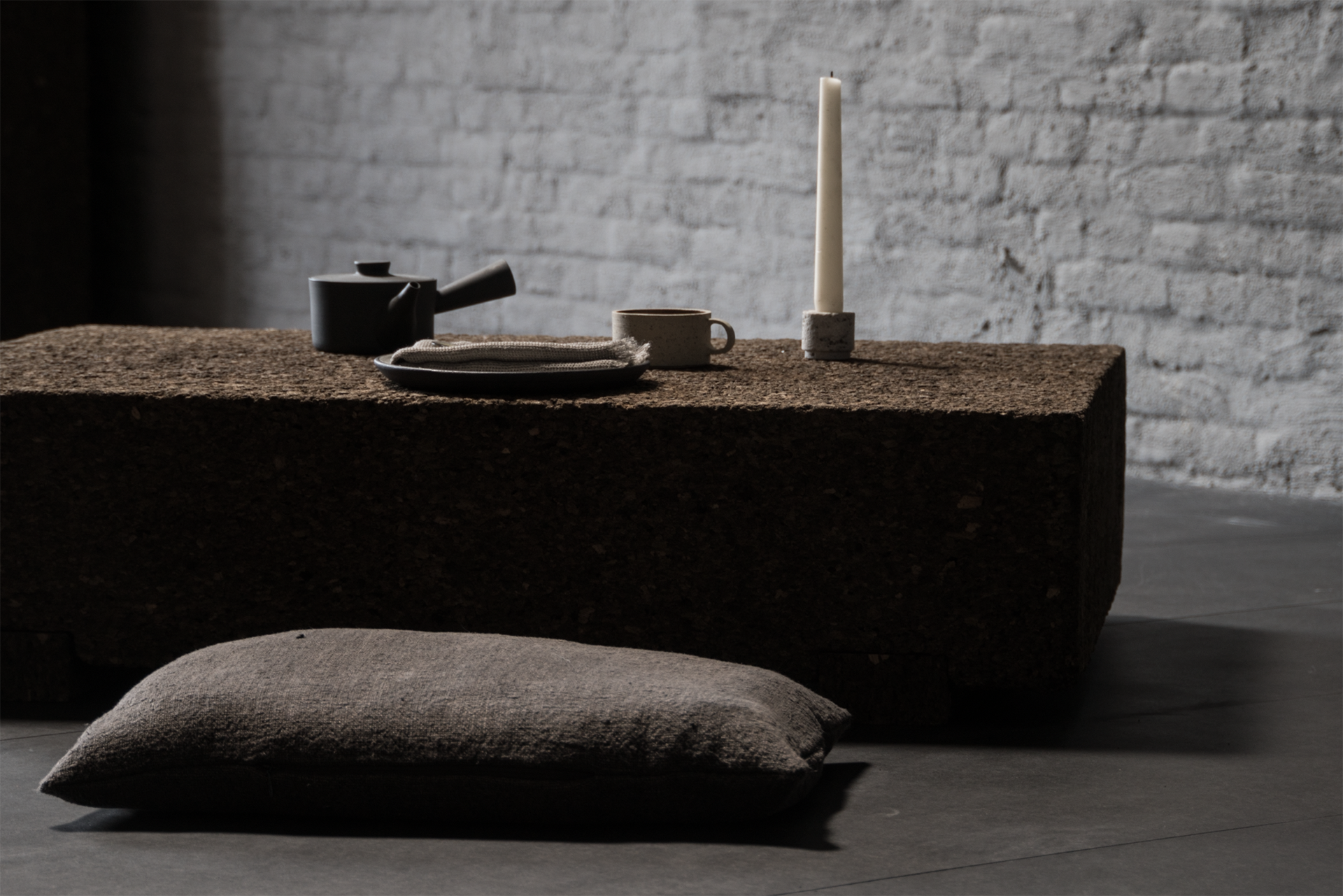Wellness Real Estate
- In 2017, Wellness Real Estate was a US$134 billion industry, growing by 6.4 percent annually since 2015.
- From 2017 to 2020, the global Wellness Real Estate market grew 22% on average annually, expanding from US$148 billion in 2017 to US$225 billion in 2020 – even as overall construction output shrank by 2.5 percent
- In 2020 – Wellness Lifestyle Real Estate was the fastest-growing sector in the wellness economy representing about 2.4% of global annual construction output.
- In 2021 the global Wellness Real Estate Market was worth around US$279 billion (far exceeding projections of US$197 billion by 2022) and is estimated to grow to about US$863 billion by 2028, with a Compound Annual Growth Rate (CAGR) of approximately 20.70%.
- Wellness Lifestyle Real Estate represents approximately US$119B of the US$3.7t global wellness economy. This rapidly growing sector has historically included residential, hospitality and mixed-use real-estate developments.
- It is estimated that there are over 2.300 wellness residential projects around the world (either built, partially built or in development) – source: GWI
- It is estimated that the sales premiums for wellness residential developments average 10-25% over conventional residential developments – source: GWI
Wellness Industry
Wellness is more than a trend – it’s fast becoming an integrated part of mainstream living, working, being pampered and playing. It is for anyone and everyone who desires to be healthy, happy, look good, B engaged, productive and active. It’s a 3.4 trillion dollar industry that will continue to power the global economy for the next three decades or more.
In 2020 the industry of wellness generated US$639 billion, growing double the rate than the tourism sector and surpassing all other key sectors in the health and wellness industry.
Wellbeing as wealth – The uncertain times brought by Covid-19 in 2020 has given the already booming wellness movement a healthy push. Affluent consumers realize that wellness and in particular wellbeing is the real wealth.
For luxury brands, it means adapting their products and services to accommodate the growing wellness considerations of their affluent consumers. It also means having to rethink their image building, branding and marketing – specifically communicating their Responsible Wellbeing credentials in authentic and purposeful ways and empowering people to subscribe to a healthier enhancing and refined way of living.

photo credit: Studio Crokinho

photo credit: Xinyi Design
Experiential Luxury
By 2022, personal and experiential luxury will be an estimated 1,1260 Billion Euro market – a 34% increase from 2015. By 2024 two-thirds of luxury hospitality will be experienced based (Source: Boston Consulting Group).
According to the new normal, the values and mindset of future travelers will drive innovation – and specifically Responsible Innovation – which in turn means a need for new and responsible innovative concepts, services and approaches. The added value will be found in the intangible, the experience, emotions and the intellectual, more than in any product. Brands have to become more empathetic and humble, branding more subtle.
Luxury, at its core, offers superior value and has an inherent ability to make timeless emotional connections in people’s minds. Many affluent shoppers will be reverting to less conspicuous, quieter forms of luxury. In these unprecedented times, the more intimate values of luxury may prove to be more relevant than ever.
To engage with their modern audiences, luxury brands will thus need to refocus on their inner essence to craft unique and authentic meaning that is culturally relevant, soulful and sensitive to what’s truly important for the here and now
The Conscious Consumer
In 2019 a US$355 billion market in the USA alone and growing at 10% a year for the past 10 years. It is a US$546 billion dollar market worldwide.
Describes the type of consumer that actively seeks out healthier and more responsible lifestyle, product and service options. These consumers purchase based on values, rather than price.
Once a niche market (LOHAS) consumers represent 23% of the USA population, 29% of the Japanese population and 33% of the New Zealand population. (Source: Natural Marketing Institute, USA)
A new, Promadic sense of values will pervade the reopening of travel – driven simply by what truly matters.
The Promad will be more conscious than ever of the impact of their travels, welcoming the emergence of a new attitude to travel. However, it isn’t just about “saving the planet”. It’s about embracing new and clean technologies, responsible innovations and disruptions at a time when major societal topics are being debated: overtourism, demographic transformation, expanding connectivity, race diversity and gender equality.
While 80% of people believe that companies need to take steps to minimize their ecological footprint impact, 65% believe that brands overstate their “eco-friendly” credentials (Source: MediaCom). And such credentials are of growing importance to Promads, with Edelman’s Trust Barometer revealing that 81% of people say a major consideration for brand purchase – including staying in a hotel – is being able to trust the brand to do what is right.
The trend for Promadic travel is pan-generational and international, representing a mindset that cuts across lines of identity.
The notion of “high-end” to Promadic travellers will not be defined by the material and acquisitional but by the experiential and intellectual.
With wellness and personal progress at the forefront of people’s minds, Promadic travelers will expect hotels to provide both service and design that respond to and enhance their moods.
Design will no longer be primarily about aesthetically pleasing the Promadic traveler. Instead, guestrooms will be biometrically responsive, reacting to and enhancing the moods and emotions.
Millennials and Gen Z are driving the majority of luxury sales. These new generations of younger (yet no less demanding) affluent consumers will continue to rewrite the rulebook of the once bulletproof luxury industry, with new needs, new behaviours and digital-infused lifestyles.
Tech savvy yet increasingly enjoy and appreciate a decelerated, unplugged, authentic and culturally rich experience.
The type of travellers who want deeper, more immersive staying experiences and thus tend to spend more, stay longer and share their stories socially.
Ten years ago, evidence showed that consumers exhibited a hierarchy where “in me” was the most important aspect of living a healthy lifestyle, followed by “on me” and then “around me”
Today, 10 years later in 2021, we are at a pivotal point where “around me” is gaining ground in the hierarchy.
In other words, the bar has been raised from focusing and minimizing one’s personal impact and introspection to having a positive impact on restoring and preserving the wellbeing of both our planet and social ills.
(Source: The Natural Marketing Institute)

photo credit: Studio Crokinho